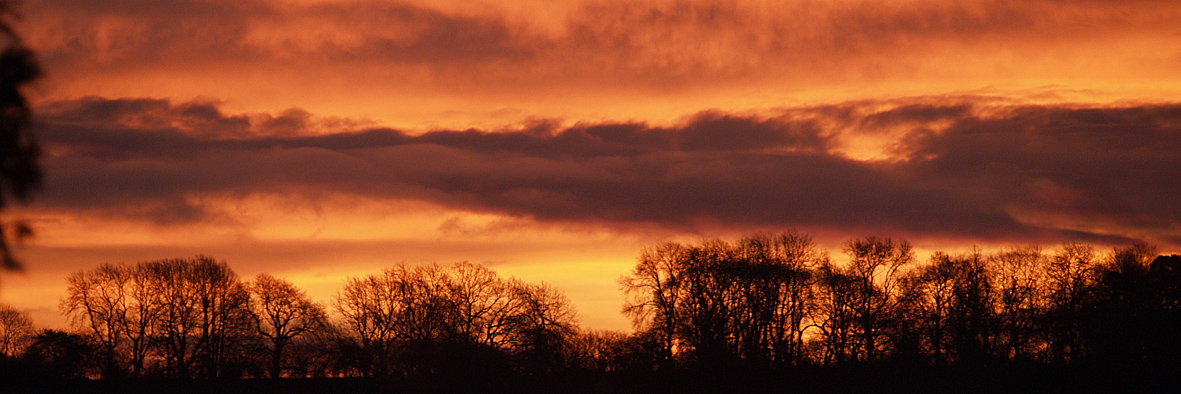We are on a latitude similar to Canada and Southern Russia but don’t experience such extremes of weather, so why is that?
The geographical siting of the United Kingdom is influenced by many factors that will determine if it is to be hot or cold, wet or dry and many variations in between.
Initially we must consider our position in the world with a large area of the Atlantic Ocean to the west, the very cold Arctic to the north, a large land mass to the east and south but both with some intervening areas of water. When the wind is coming from each of these directions it brings quite distinctive weather. So lets initially look at the four points of the compass.
When wind arrives in the UK from the north it will be cold as it originates from the vast area of ice and snow in the Arctic, referred to as “Polar” air. The ice and snow extends to an area of over 14,000,000 square kilometres. In winter this dictates the severity of coldness, often bringing snow, and in summer has a cooling effect.
Winds from the east will have travelled over a large landmass that in summer gets very hot and during winter very cold, which thus dictates what we will experience and is called “Continental” air. However, just before this air mass reaches our shores it has to travel over the North Sea and this area of surface water evaporates moisture into the air making it less dry, it also cools the air a little during the summer months and warms it in winter.
If we consider winds from the south they will have originated over the large landmass of the continent and even further south from North Africa. Again, as occurs with the easterly winds, this southerly air mass will have travelled over the Mediterranean, if originating from North Africa, which will cause it to become less dry. An air mass from this far south will be referred to as “Tropical”.
Lastly we must consider winds from a westerly direction, the most dominant winds throughout the year. This air mass, having travelled over a large expanse of water, is called a “Maritime” air. It will have picked up much moisture and be predominantly rain bearing when it reaches land. It will be of moderate temperature being neither from the Arctic nor the Tropics. However, as the air mass approaches our shores it is modified by the Gulf Stream, the warmer current of water originating in the Tropics.
But we all know that the wind does not always flow directly from the four points of the compass. Thus the weather we experience is more complicated to forecast. If, for instance, winds are from a southwesterly direction, they will still be moisture laden but not as cold as a westerly air mass but cooler than winds from a southerly direction. Likewise, winds from the northwest, northeast or southeast, and other directions in between, are modified. Northwesterly winds bring air that is clear, minimal pollution and no haze. In contrast, southerly winds are usually less clear, suffering from pollution and haze. Lastly, it is not only the direction from which the winds originate but also the time the air mass has spent over water or land that ultimately dictates what arrives over the United Kingdom.
When air masses originating from different parts of the globe meet, they do not mix well so weather fronts are created, “cold fronts” or “warm fronts” are produced with consequent changes to our weather.


